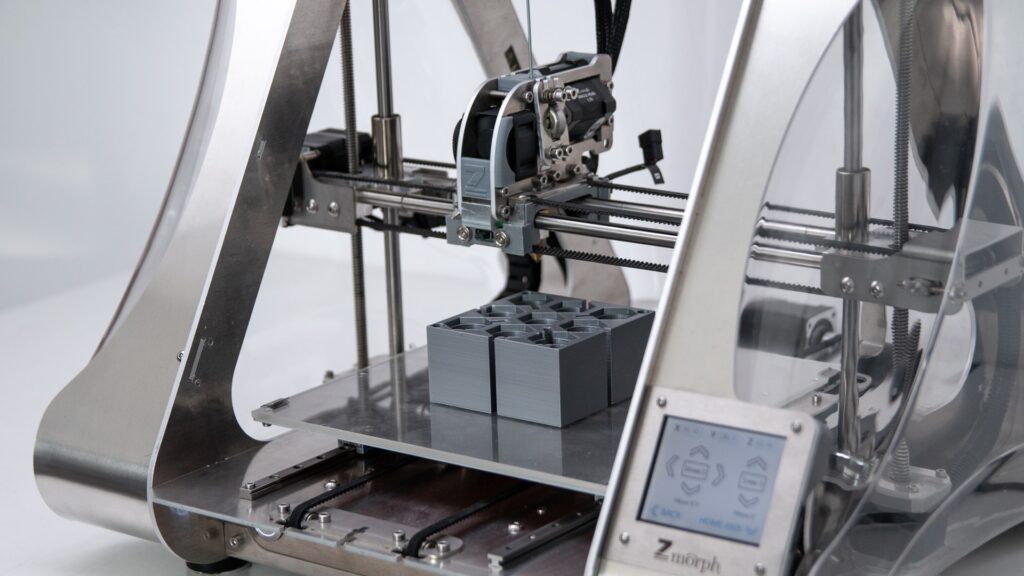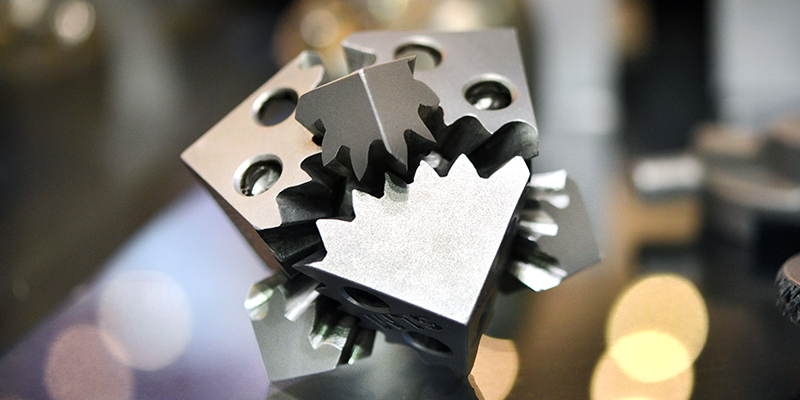Welcome to the home of 3DMBC
The group focuses on the development of optimised and reusable steel connections for modular building systems (MBS) aiming to embrace resilience and sustainability in the construction sector.
The work integrates simulation-based engineering science combined with large and full-scale experimental methods for optimising the structural and material performance. Current topics include structural topology optimisation (STO) for material reduction and design for additive manufacturing (DfAM) together with member size optimisation for tall modular buildings.

3D PRINTING
3D printing has been described as very disruptive and although it rapidly rose to fame in various industries since the beginning of the previous decade, the construction industry is still dominated by old-fashioned construction operations.

MODULAR BUILDINGS
With an expected increase in world population to some 8.5 billion people by 2026 and the need for ever-increasing living standards, coupled with the imperative of sustainable and resilient improvements in the built environment, a cost-effective ‘green’ construction sector is in high demand.





